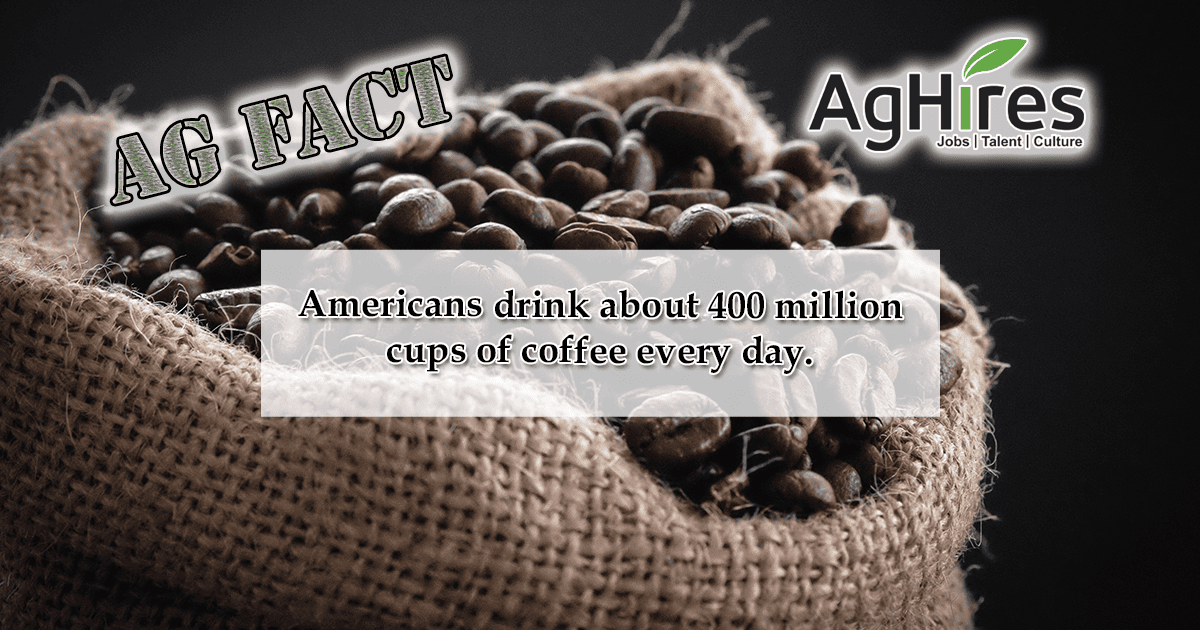
The coffee bean is actually the seed of a fruit referred to as a cherry. The fruit has an outer skin, mucilage, parchment skin, silver skin, and two beans at the center. When the cherry turns a dark red they are ready to be harvested, then they’re dried, processed, and shipped off.
Planting Coffee
The coffee bean is the seed, so if it is not dried and processed, it is used to plant more coffee trees. Depending on the variety, it can take about 3 to 4 years for a new coffee tree to bear fruit. Seeds are mainly planted in shaded nurseries and will be watered frequently until they are ready to be permanently planted. Planting season happens during the rainy season so that the soil remains wet while the roots become established.
Harvesting Coffee
Most plants are harvested by hand, however, in some places like Brazil where the land is mostly flat, machines can be used. Harvesting the cherry is done one of two ways. They could be strip picked, where all of the cherries are taken of the tree, regardless of ripeness. Or cherries can be selectively picked, where one the fruit at the peak of ripeness is harvested. Every 8 to 10 days pickers rotate back through the trees to find more ripe cherries. A good picker can average about 100 to 200 pounds of cherries a day, which will yield 20 to 40 pounds of coffee beans.
Processing the Bean
The bean is processed one of two ways:
The Dry Method, which is when the cherries are spread out on a large surface to dry in the sun. Then they raked and turned throughout the day and covered at night and during rain. When the moisture content of the cherries drops to 11%, which could take several weeks, the bean is then separated from the fruit in the hulling machine.
The Wet Method consists of removing the pulp from the cherry, so the bean is dried with only the parchment skin. The freshly harvested cherries will first go through a pulping machine which removes the pulp and skin from the bean. Then beans will be separated by weight in a water channel. The heavy ripe beans will sink to the bottom. After the beans are separated, they will travel to large water-filled fermentation tanks, where they will remain anywhere from 12 to 48 hours to remove the layer of mucilage. Once fermentation is complete, the beans will be rinsed and are ready for drying. They will be sun-dried by being spread on drying tables where they will be turned regularly.
Getting Ready for Exporting
After the beans are dried, they will need to have their parchment skin removed in the hulling machine. Then the coffee beans will need to be “polished,” a process to remove the silver skin that remains. Finally, the beans will be graded and sorted to remove the defective beans. The milled beans, or green coffee, are then loaded into jute or sisal bags to be exported around the world. The green coffee will then be roasted to transform into the fragrant brown beans found in stores.
Next time you’re enjoying your morning coffee, think about the work and time it took for that cup of joe.
Want more Agriculture Facts? Click here
Follow us on Facebook and Twitter to get your weekly dose of Ag Facts.
Sign Up for Our Email Newsletter and get ag facts monthly, plus new jobs in agriculture.






